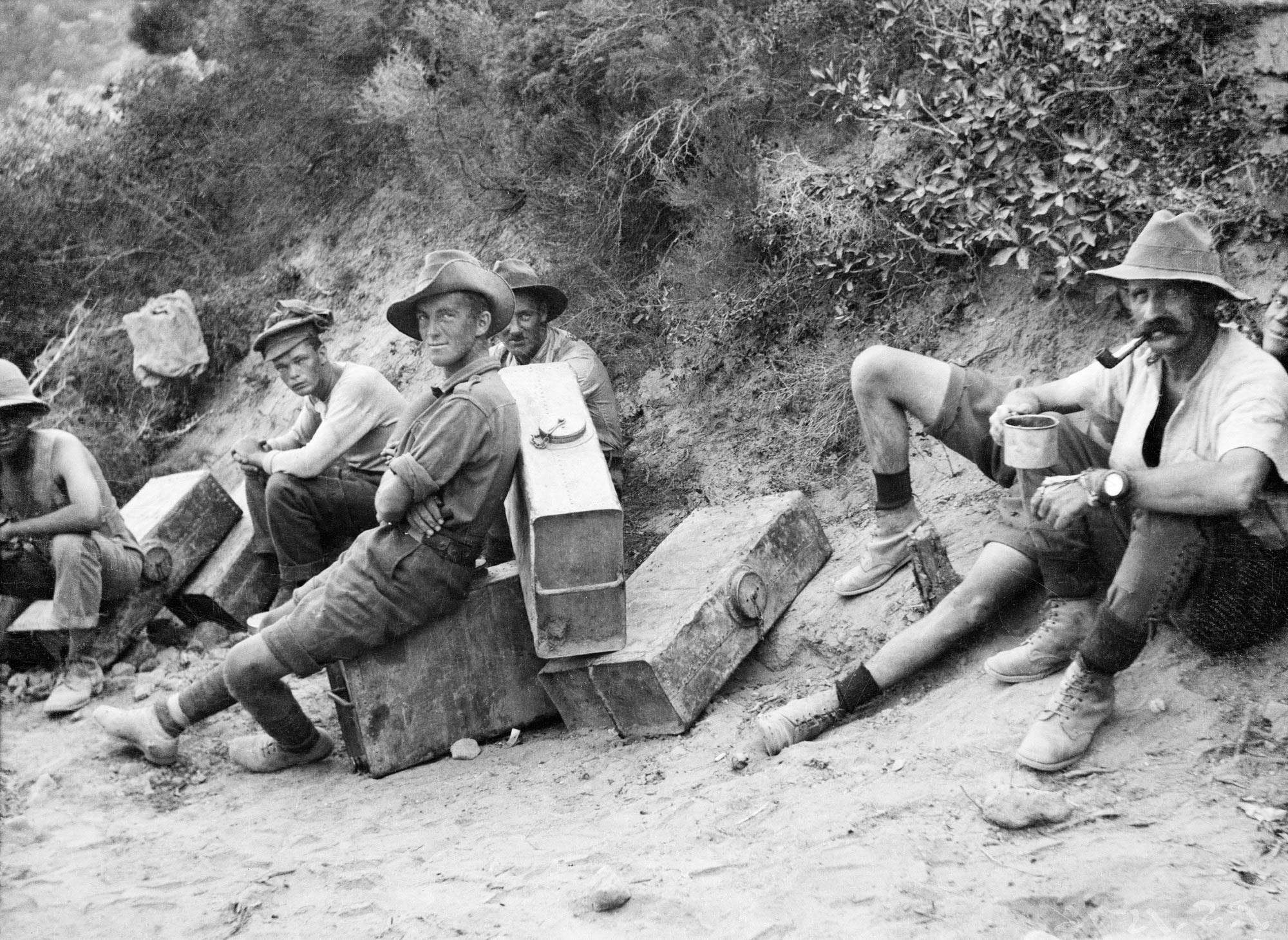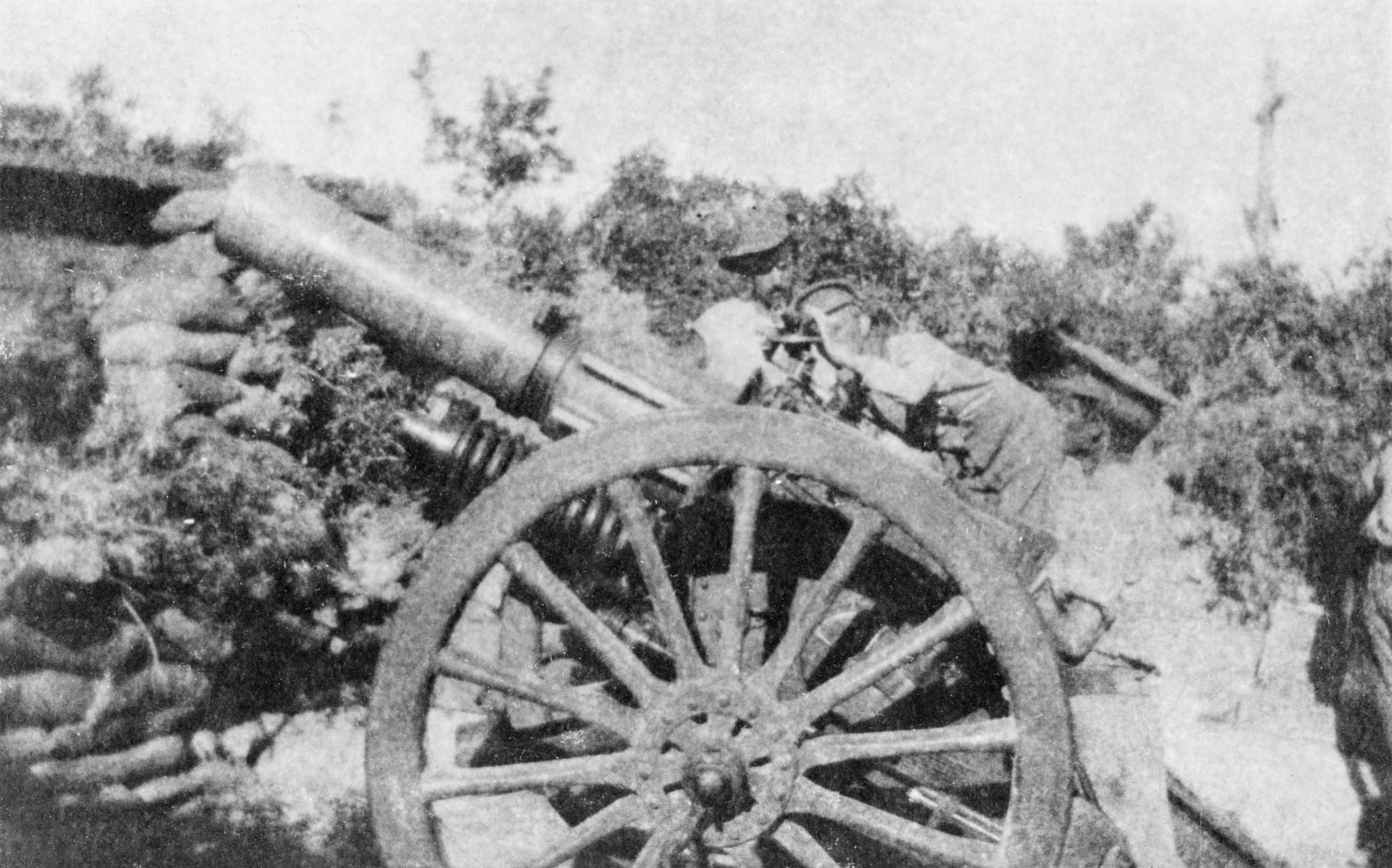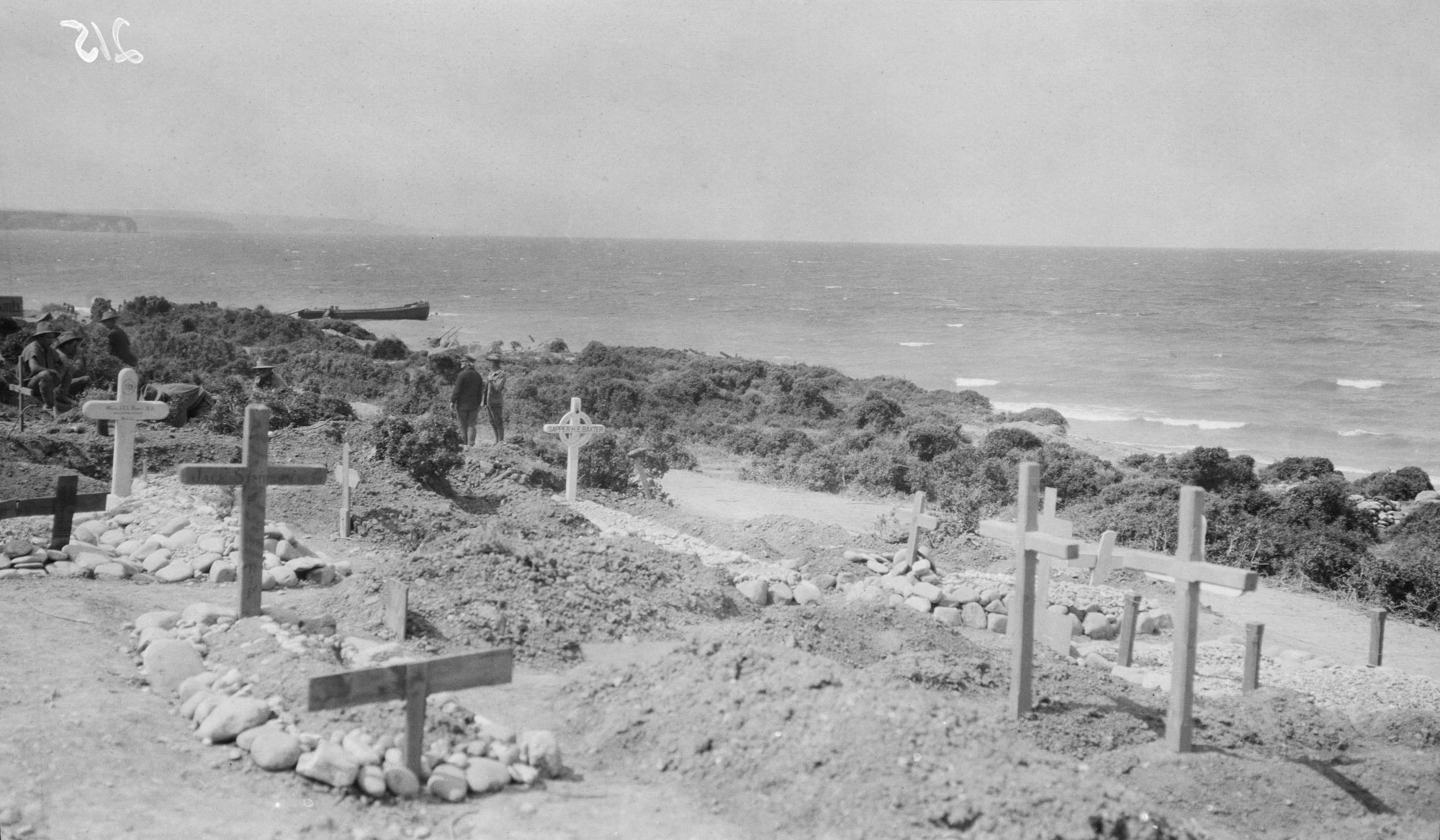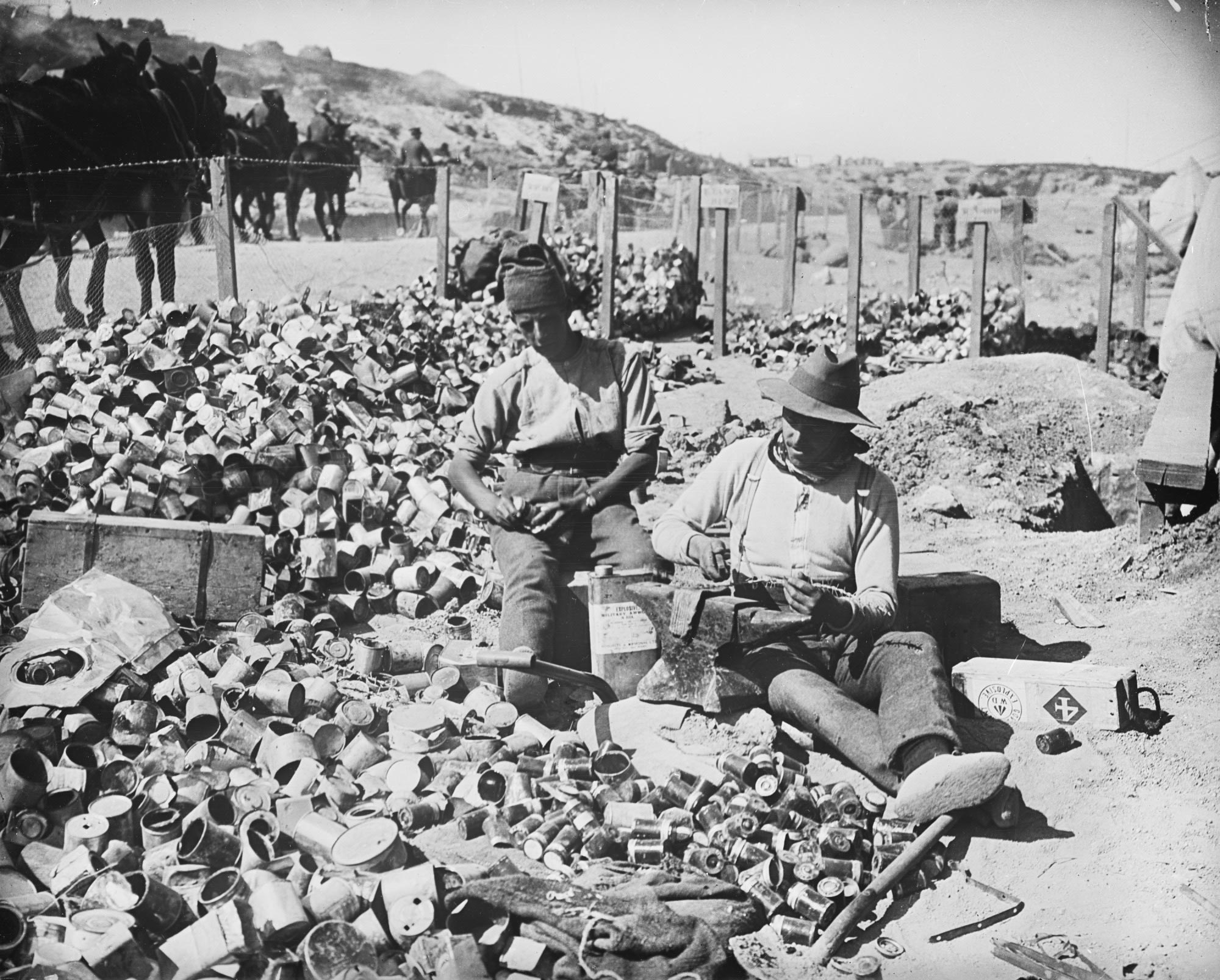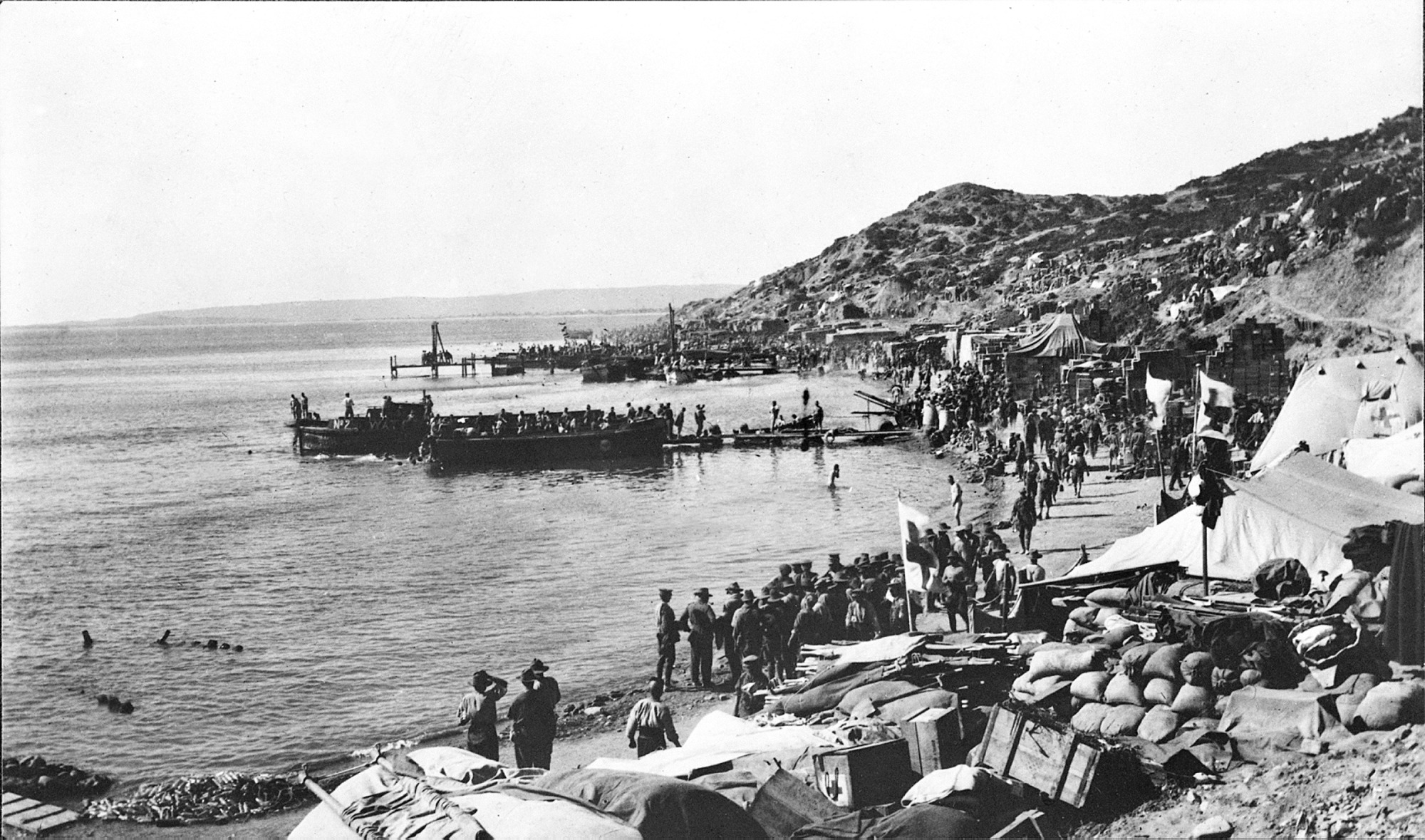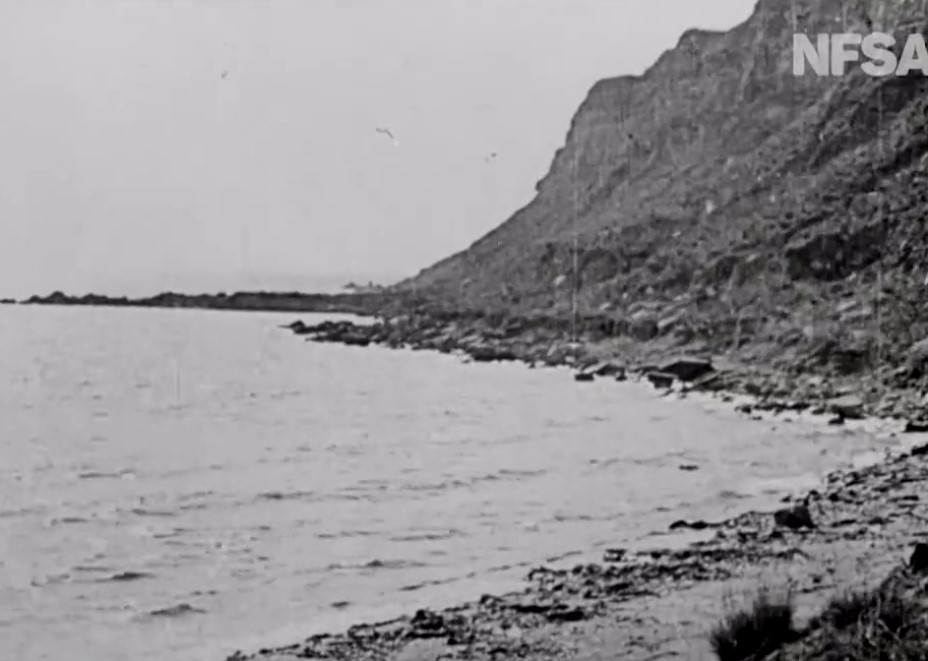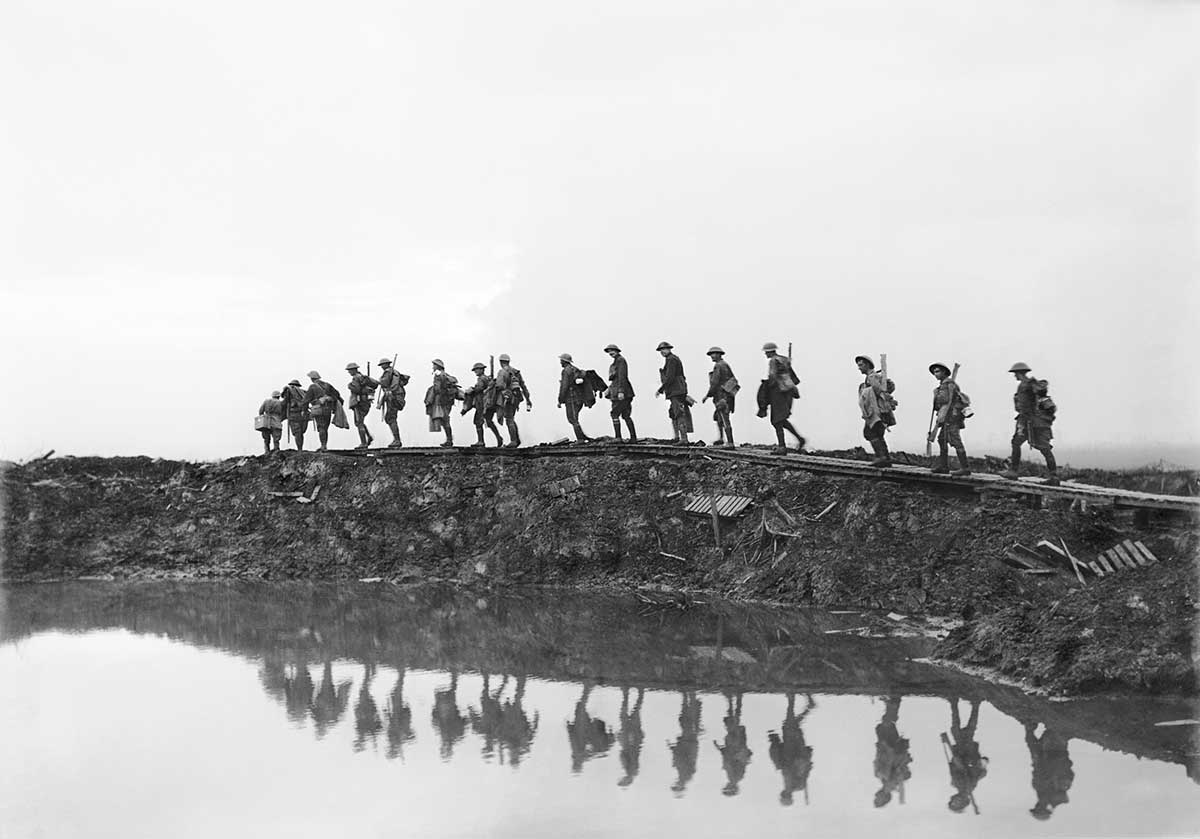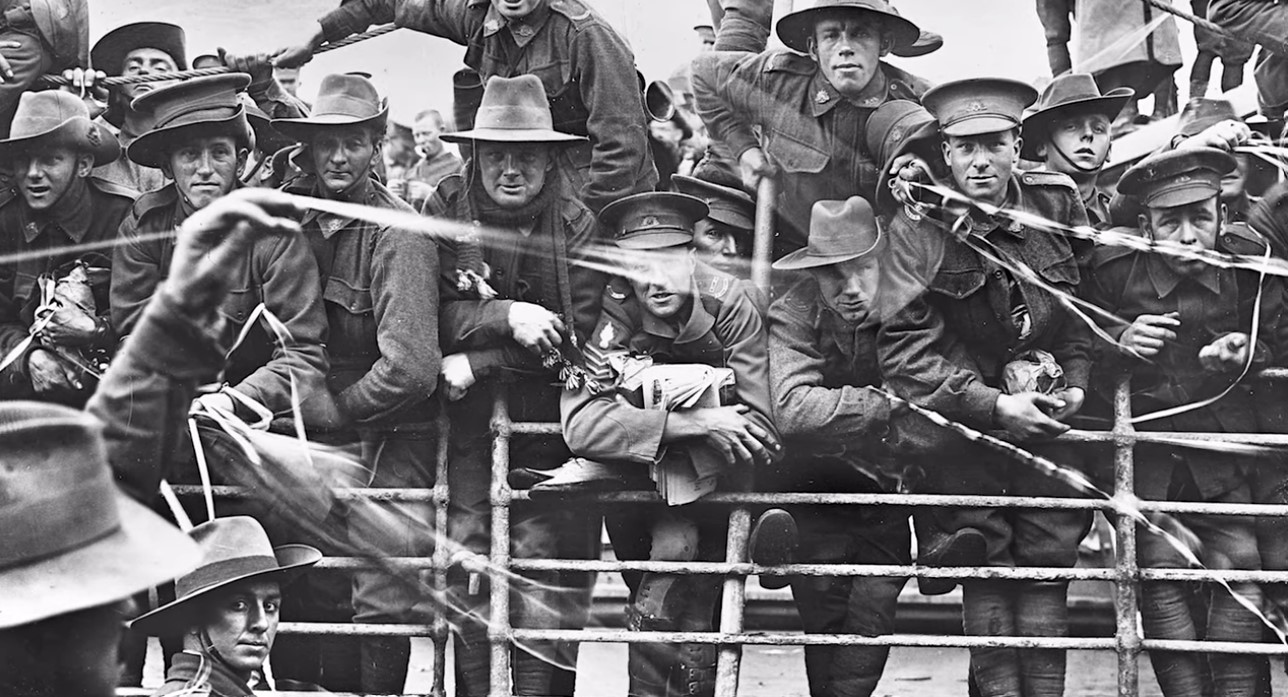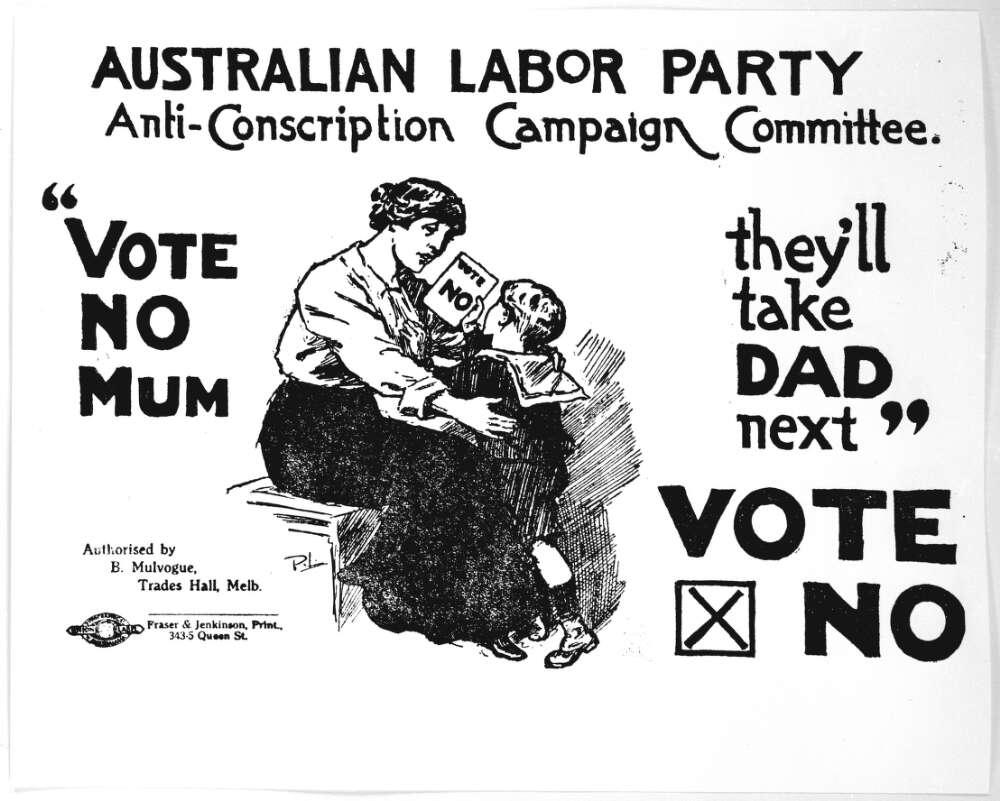The campaign that defined a nation
1915: Australian troops land at Gallipoli
The campaign that defined a nation
1915: Australian troops land at Gallipoli
In a snapshot
On 25 April 1915 during the First World War, Australian and New Zealand soldiers landed at what is now called Anzac Cove on the Gallipoli Peninsula. By that evening 2,000 of them had been killed or wounded. The Gallipoli campaign, which lasted nine months, was a military failure. But the Australian soldiers’ behaviour — bravery, ingenuity, endurance and mateship — are now thought of as defining aspects of the Australian character.

 Can you find out?
Can you find out?
1. Why were Australian troops sent to Gallipoli?
2. Where did the Australians land, and what happened as a result?
3. How long did Allied forces spend on the Gallipoli Peninsula, and what was the result of the Gallipoli campaign?
Why did the Allies land at Gallipoli?
On 25 April 1915 16,000 ANZAC soldiers landed at what later became known as Anzac Cove on the Gallipoli Peninsula in Turkey, part of the Ottoman Empire. This was part of an attempt by Britain, Australia and other nations to defeat the Ottoman Empire during the First World War (1914–18).
To reach the Turkish capital the Allies tried to force their way through the narrow corridor of ocean known as the Dardanelles. After failing to get through using ships, the Allies decided that troops would have to land on the peninsula to defeat the Turkish defences.
‘It lay in the mettle of the men themselves. To be the sort of man who would give way when his mates were trusting to his firmness … to live the rest of his life haunted by the knowledge that he had set his hand to a soldier’s task and had lacked the grit to carry it through—that was the prospect these men could not face. Life was very dear, but life was not worth living unless they could be true to their idea of Australian manhood.’
What happened when they landed?
British and French forces landed at Cape Helles, while the ANZACs landed on the west coast. But, in the early morning darkness, the ANZAC troops landed about one kilometre north of where they had meant to land, in a steep and rugged terrain. On the beach many soldiers became separated from one another as they began moving up the steep and rocky hills and valleys.
Turkish resistance was strong and they attacked the ANZACs with heavy artillery (large cannon-like guns) from higher ground. By mid-morning more Turkish troops had arrived.
The Turks mounted a fierce counter-attack, regaining a lot of the ground the ANZACs had taken, but the ANZACs held on. By that first evening 16,000 men had landed, but more than 2,000 had been killed or wounded.
Research task
Use Google maps to locate the Gallipoli Peninsula, the Dardanelles and the Turkish capital Istanbul (once called Constantinople). Why would a successful attack on the Gallipoli peninsula help to capture the Turkish capital?
Why did the Allies leave?
For the next eight months the ANZACs did not advance any further than they had on the first day. The British and French forces also couldn’t break out of their positions. By November, with more Turkish reinforcements and German equipment in place, Lord Kitchener, the British chief of staff, recommended an evacuation. This was agreed to and by late December the ANZACs were successfully evacuated with hardly any casualties, followed by all remaining Allied troops in January 1916.
Research task
When was the first commemoration of Australia’s involvement in the First World War and the Gallipoli landing?
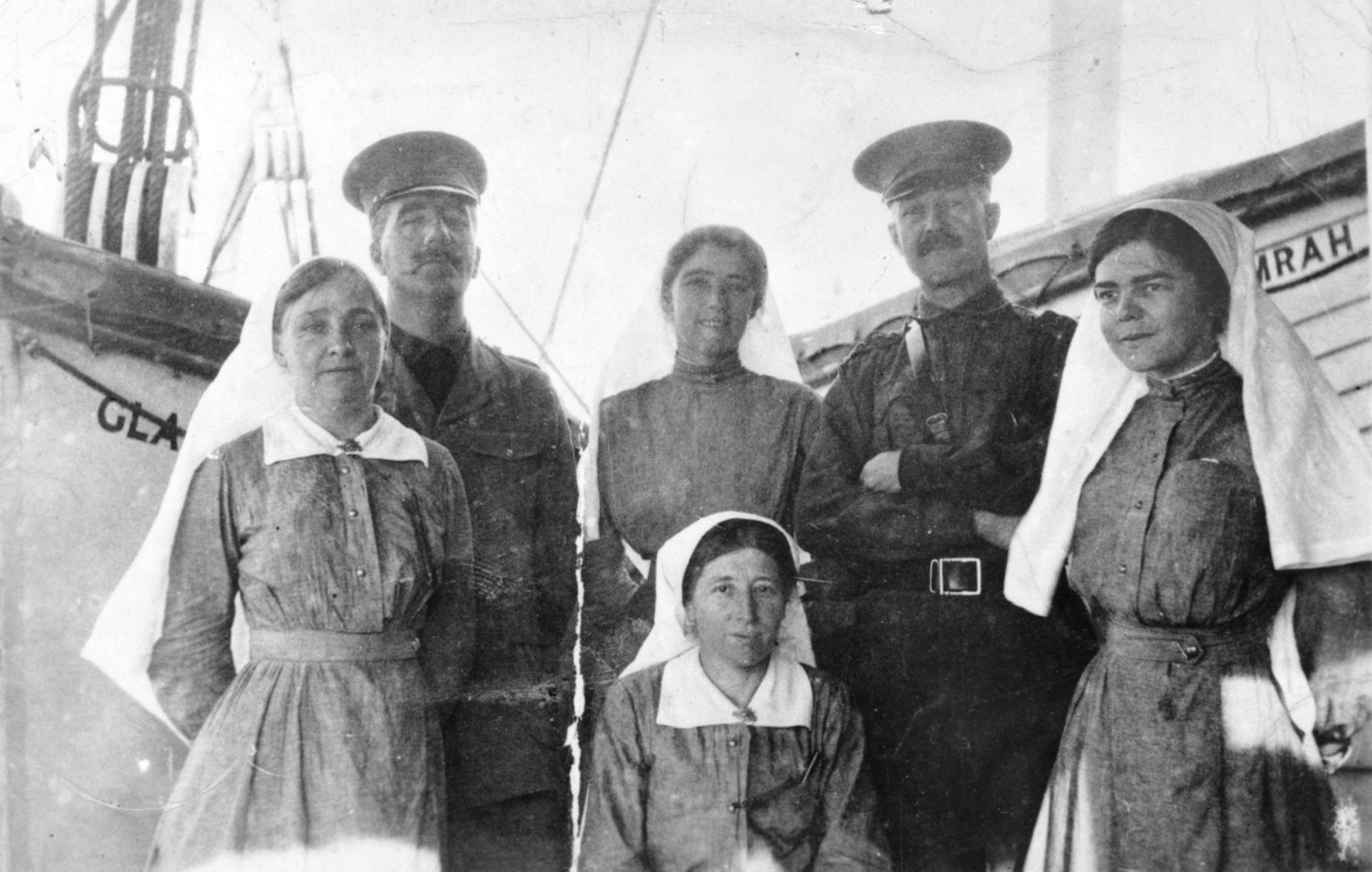
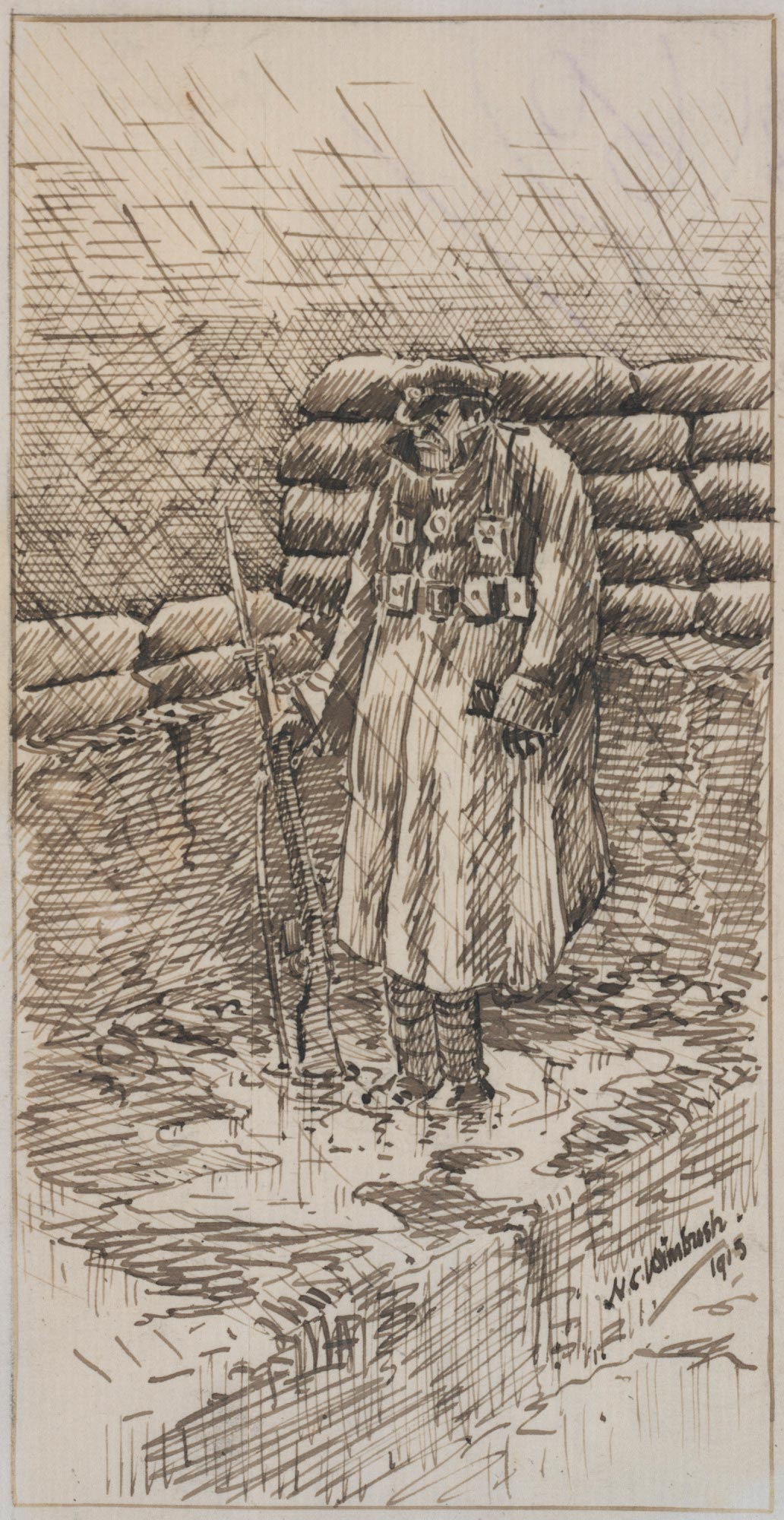
What is the importance of Gallipoli?
Approximately 60,000 Australians fought at Gallipoli; of these around 8000 were killed and 18,000 wounded. At least 50, and possibly as many as 70, of those who fought were Aboriginal and Torres Strait Islander people, despite them being excluded from citizenship at the time. On the Turkish side 85,000 troops were killed helping to defend their homeland.
The landings at Anzac Cove took place only 14 years after Australia became a nation in 1901. Although the Gallipoli campaign was a terrible military failure, the bravery, ingenuity, endurance and mateship shown by the ANZACs at Gallipoli, under horrific conditions, have come to be celebrated as defining characteristics of the Australian people.
Read a longer version of this Defining Moment on the National Museum of Australia’s website.
 What did you learn?
What did you learn?
1. Why were Australian troops sent to Gallipoli?
2. Where did the Australians land, and what happened as a result?
3. How long did Allied forces spend on the Gallipoli Peninsula, and what was the result of the Gallipoli campaign?







